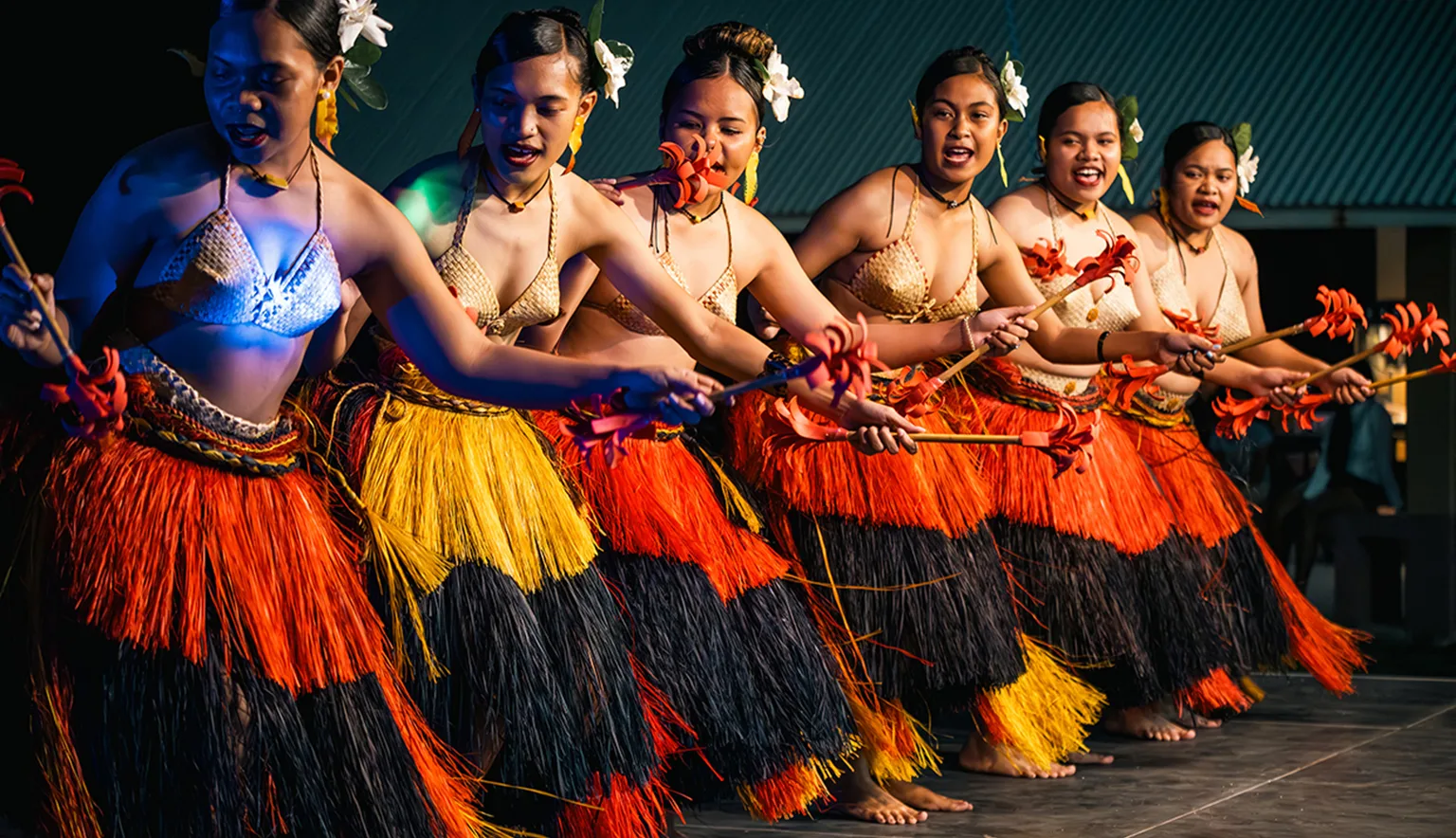Established in 1982 upon the dawn of a new tourism era for the country, the Palau Visitors Authority encourages sustainable travel for visitors whilst spreading awareness of the industry to the Palauan local community. Kadoi Ruluked, Managing Director, highlights the goals of the authority and some of the archipelago’s must-see spots.
Q&A WITH THE PALAU VISITORS AUTHORITY
Firstly, can you talk us through the origins of the Palau Visitors Authority and its initial vision?
Kadoi Ruluked, Managing Director (KR): Palau’s first tourist office, the Palau Tourism Commission (PTC), was established in 1972 under the Economic Development Office of the Trust Territory Government. The Tourism Re-Organisation Act of 1982 under Palau Public Law 1-49, ended the PTC and established the Palau Visitors Authority (PVA).
Our mission is to promote our heritage and the unique attractions of Palau through sustainable tourism development and the encouragement of responsible practices.
What are your organisation’s current goals?
KR: PVA’s current objectives focus on increasing visitor arrivals, with a particular emphasis on attracting high-value, eco-conscious travellers. Additionally, efforts are being made to enhance and improve the quality of services tailored to this market segment.
How do you market Palau as a destination?
KR: We have shifted our focus towards strengthening our online presence, as well as enhancing both traditional and digital marketing efforts. Whilst we continue to participate in travel exhibitions – primarily diving shows – to engage with high-value travellers, our tourist offerings remain deeply connected to the natural environment.
Eco-conscious travellers seek to experience Palau’s pristine landscapes, and through our environmental initiatives, we demonstrate our commitment to the conservation and preservation of our natural resources.

“Eco-conscious travellers seek to experience Palau’s pristine landscapes, and through our environmental initiatives, we demonstrate our commitment to the conservation and preservation of our natural resources”
Kadoi Ruluked, Managing Director, Palau Visitors Authority
Why, in your opinion, should someone visit Palau?
KR: Palau is a global leader in environmental conservation and sustainable tourism; a tradition deeply rooted in its cultural heritage and passed down over generations. As a result of these enduring practices, the country has remained a pristine and untouched paradise.
For those seeking an escape from the hustle and bustle of city life and a chance to reconnect with nature, Palau offers an unparalleled experience.
What differentiates Palau from other Pacific Island nations?
KR: Palau stands out from other Pacific Island nations due to its unique geography, rich marine biodiversity, and deeply rooted cultural heritage.
- Geography – Palau is home to the iconic Rock Islands Southern Lagoon, a UNESCO World Heritage Site consisting of over 400 limestone islands covered in lush vegetation. These stunning formations, scattered across the crystal-clear waters of the Pacific Ocean, create a breathtaking landscape that is truly one of a kind.
- Marine biodiversity – Often referred to as an underwater paradise, the country boasts some of the world’s most diverse marine ecosystems. With over 1,500 species of fish and 700 species of coral, its waters offer some of the best diving and snorkelling experiences on the planet. Palau was also the first nation to establish a shark sanctuary, reinforcing its commitment to marine conservation.
- Cultural heritage – The nation’s culture is deeply rooted in centuries-old traditions that emphasise environmental stewardship and community. The Palauan way of life, known as ‘bul’, promotes sustainable resource management, ensuring the preservation of natural and cultural heritage for future generations. Visitors can immerse themselves in this rich history through traditional storytelling, local crafts, and the rare matrilineal social structure that shapes Palauan society.
These elements combine to make Palau a truly distinctive destination, offering travellers an unparalleled experience of natural beauty, ecological richness, and cultural depth.
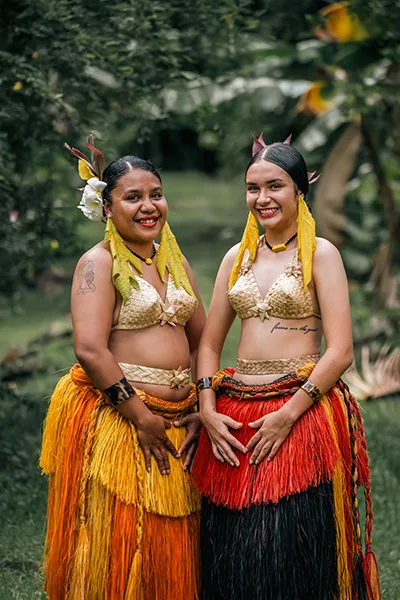
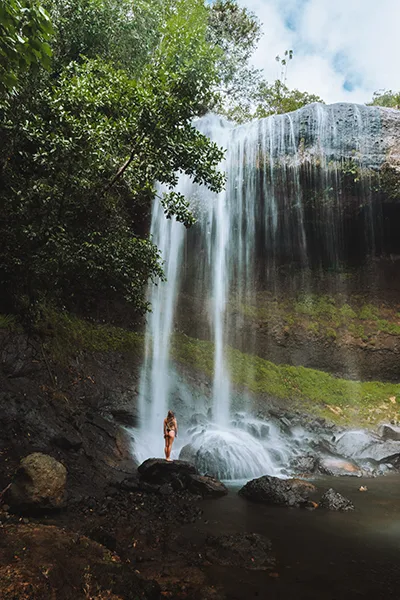
What are some of the country’s most unique landmarks?
KR: Palau is home to some of the most extraordinary landmarks in the Pacific region, each offering a glimpse into the nation’s rich natural beauty, cultural heritage, and ancient traditions. Many iconic sites set the country apart as a truly unique destination, including:
- Rock Islands Southern Lagoon – A breathtaking maze of over 400 limestone islands, Rock Islands Southern Lagoon is a UNESCO World Heritage Site known for its stunning scenery, vibrant marine biodiversity, and historical significance. These islands are home to hidden caves, pristine beaches, and famous dive sites, including Jellyfish Lake where visitors can swim amongst thousands of stingless jellyfish.
- Badrulchau Stone Monoliths – Located in Babeldaob, these ancient basalt stone pillars remain one of Palau’s greatest archaeological mysteries. Believed to be remnants of an ancient meeting place or the foundations of a significant structure, the monoliths stand as silent witnesses to Palau’s early civilization, sparking curiosity about the islands’ pre-colonial history.
- Yapese Stone Money – Palau played a crucial role in the creation of Yapese stone money, one of the most fascinating traditional currencies in the world. These massive limestone discs, quarried in Palau and transported to Yap using ancient seafaring techniques, represent a remarkable cultural exchange and are testament to early Micronesian navigation skills.
- Ngebedech Terraces – Showcasing the ingenuity of ancient Palauans through agriculture and land management, these hand-carved terraces nestled within Babeldaob’s rolling hills, reflect centuries-old farming techniques that have allowed communities to thrive whilst maintaining harmony with the environment.
- Olebakelderau Petroglyphs – Hidden within Palau’s lush jungles, these ancient rock carvings depict mysterious geometric patterns. Thought to be messages from two lovers, Surech and Tulei, carved into the basalt rock during their last days spent together before their tragic end, the petroglyphs provide an intriguing connection to the islands’ past, inviting visitors to explore the deep-rooted traditions and stories of its people.
Each of these landmarks embody the essence of Palau, where nature, history, and cultural legacy come together to create an unforgettable experience for those seeking adventure, discovery, and a connection to one of the world’s most unique island nations.
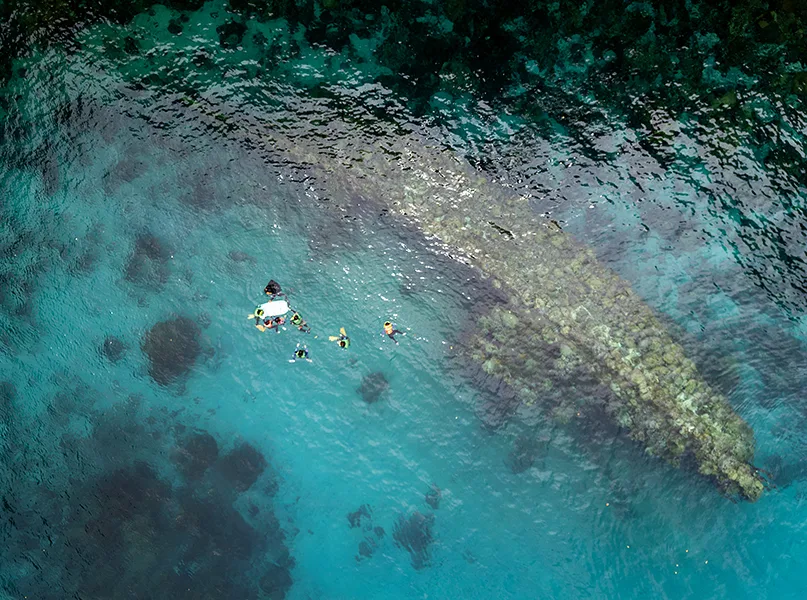
In your opinion, how can visitors best make the most of the archipelago’s beautiful and vast mangroves?
KR: Visitors can fully appreciate the beauty and ecological significance of Palau’s vast mangrove forests through a variety of immersive experiences that highlight their rich biodiversity, cultural importance, and serene natural landscape.
Whether by water or on foot, exploring these coastal ecosystems offers an unforgettable connection to Palau’s pristine environment.
- Kayak tours – Kayaking through Palau’s mangroves is a serene, intimate experience and one of the best ways to explore these winding waterways at a relaxed pace. Paddlers can silently glide through narrow channels lined with towering mangrove trees, allowing for an up-close view of the intricate root systems that support a diverse range of marine and bird life.
This eco-friendly activity provides a peaceful escape into nature, where visitors can observe crabs scuttling along the branches, fish darting through submerged roots, and even the occasional monitor lizard basking in the sun. Guided kayak tours often include insights into the ecological importance of the mangroves, their role in protecting Palau’s coastlines, and the ways in which local communities have relied on them for generations. - Birdwatching in the mangroves – Palau’s mangrove forests are a haven for avian life and a paradise for birdwatchers, offering a chance to see some of the archipelago’s most fascinating and rarest species.
Early morning or late afternoon birding tours allow visitors to spot endemic and migratory birds, such as the Palau fruit dove, Micronesian kingfisher, and the elusive mangrove blue flycatcher. Equipped with binoculars and a knowledgeable guide, birding enthusiasts can observe these birds in their natural habitat, listen to their distinctive calls, and witness their unique behaviours.
Birdwatching in the mangroves not only provides an exciting wildlife experience but also highlights the critical role these forests play in sustaining Palau’s diverse ecosystems. - Conservation and cultural learning experiences – Visitors interested in environmental conservation can also participate in educational tours focused on the mangroves’ role in Palau’s ecosystem.
These excursions provide hands-on opportunities to learn about mangrove restoration efforts, the importance of these coastal forests in protecting marine life, and Palau’s commitment to sustainable tourism.
Additionally, cultural experiences led by local guides offer insight into how traditional Palauan practices, such as fishing and medicinal plant use, have been closely tied to the mangroves for centuries.
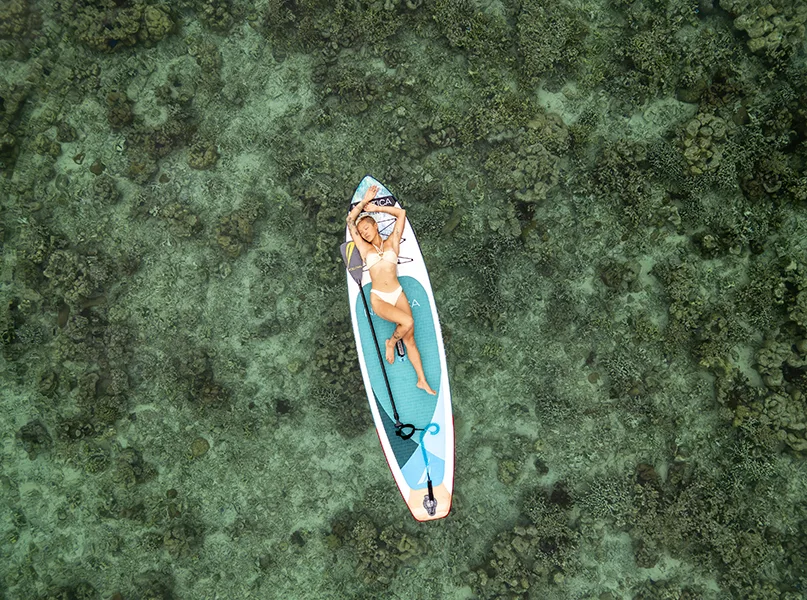
What trends are transforming the tourism industry in Palau and how are you utilising them?
KR: Emerging trends in sustainability, ecotourism, cultural exchange, and climate resilience have significantly shaped the global tourism industry.
Palau has been at the forefront of these efforts, implementing pioneering initiatives such as the Palau Pledge, the Responsible Tourism Education Act – which bans toxic sunscreens to protect marine ecosystems – and the promotion of community-based tourism products.
Additionally, Palau has prioritised attracting high-value, eco-conscious travellers, ensuring tourism development aligns with environmental conservation and cultural preservation.
What challenges does Palau’s tourism industry face?
KR: Key challenges include global inflation, limited infrastructure, public transportation constraints, and the ongoing effects of climate change.
Additionally, the development of cultural tourism products is subject to bureaucratic processes, as their implementation requires community consensus and approval from cultural leaders.
Whilst there is a strong desire to expand these offerings, ensuring they align with traditional values and local governance remains a necessary and deliberate process.
Finally, are you optimistic about the future of the tourism industry in Palau?
KR: Yes, particularly as we expand our focus on community-based tours. The island is widely recognised as a premier dive destination, so the addition of cultural and land-based activities allows us to tap into the ecotourism market.
This enables divers to extend their stay by an additional two to three days with more activities, offering them a more immersive and well-rounded experience.


